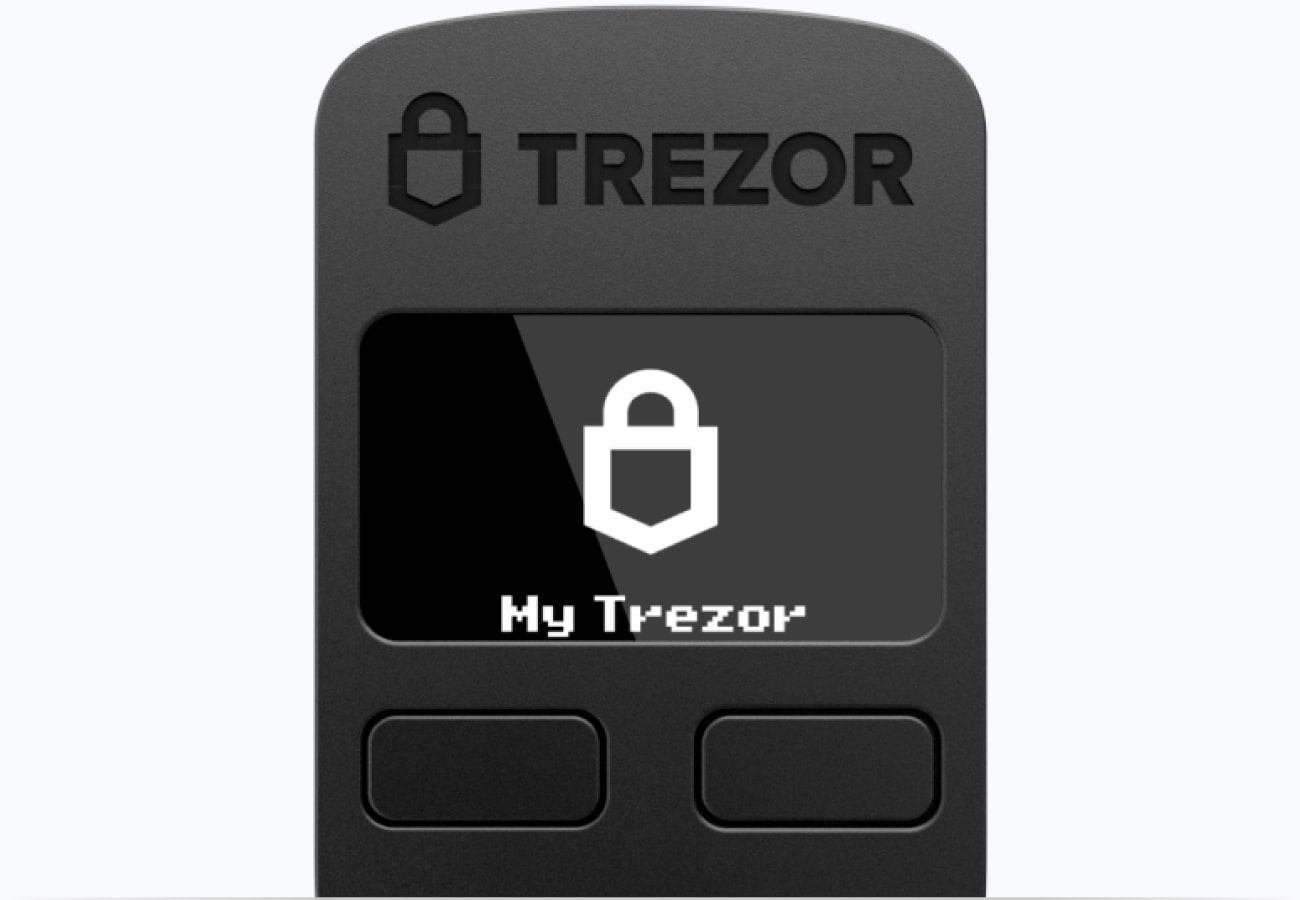
Trezor.io/Start — Official Setup Guide for Trezor Wallet
Step-by-step instructions to securely initialise your Trezor hardware wallet and protect your crypto holdings.
Quick links
Start the official onboarding or download the Suite from the official site:
Setup — Step by step
-
1. Buy genuine & inspect packaging
Purchase directly from Trezor or an authorised reseller. Inspect the box and device for tamper evidence and physical signs of prior use.
-
2. Visit
trezor.io/start& download softwareOpen trezor.io/start. Choose the Trezor Suite (desktop or web) or Trezor Bridge when instructed. Only download from official URLs.
Tip: Phishing sites exist. Confirm the domain trezor.io in your browser before downloading. -
3. Connect & install firmware
Use the supplied USB cable to connect your Trezor to your computer. Follow on-screen prompts in the Suite — the device may ask to install or update firmware. Install official firmware only.
Never install firmware from unknown sources. Firmware updates are essential for security. -
4. Create a new wallet & set a PIN
Using Trezor Suite, choose Create new wallet (unless restoring). The device will prompt you to set a PIN — pick a PIN you can remember but that is not trivially guessable.
-
5. Back up your recovery seed (seed phrase)
Write the recovery seed words shown on the device on paper or an offline backup medium. Most devices use 12 or 24 words. Store this backup in a secure, physical location (safe, safe-deposit box).
- Do not photograph or store the seed on a phone, cloud, or computer.
- Do not share your seed with anyone — no one from Trezor will ask for it.
-
6. (Optional) Enable passphrase / hidden wallet
Advanced users can enable a passphrase. The passphrase combines with your seed to create an additional hidden wallet. If you enable it, remember it exactly — losing it means losing access to that hidden wallet.
-
7. Use Trezor Suite to manage funds
After setup you can send and receive cryptocurrencies with the Suite. Always verify and confirm addresses on the physical device screen before approving transactions.
Best practices & security reminders
- Keep firmware and Trezor Suite up to date.
- Set and protect your device PIN; do not disclose it.
- Never enter your recovery seed into a computer or website.
- Store backups in physically separate, secure locations (e.g., a fireproof safe and a bank safe deposit box).
- If you suspect compromise, generate a new seed on a clean device and transfer funds to the new wallet.
- Be cautious of phishing: links in unsolicited emails or direct messages may lead to fake onboarding sites.
Troubleshooting & official resources
If you run into issues during setup:
- Confirm your browser and OS meet the Suite requirements.
- Try a different USB cable or port.
- Visit the Trezor Knowledge Base and Guides for device-specific instructions.
Helpful images: trezor.io. Example device image shown above is for illustration only.